Ten people have received infusions of umbilical cord blood days after having a stroke, and they seem to have recovered better than would normally be expected.
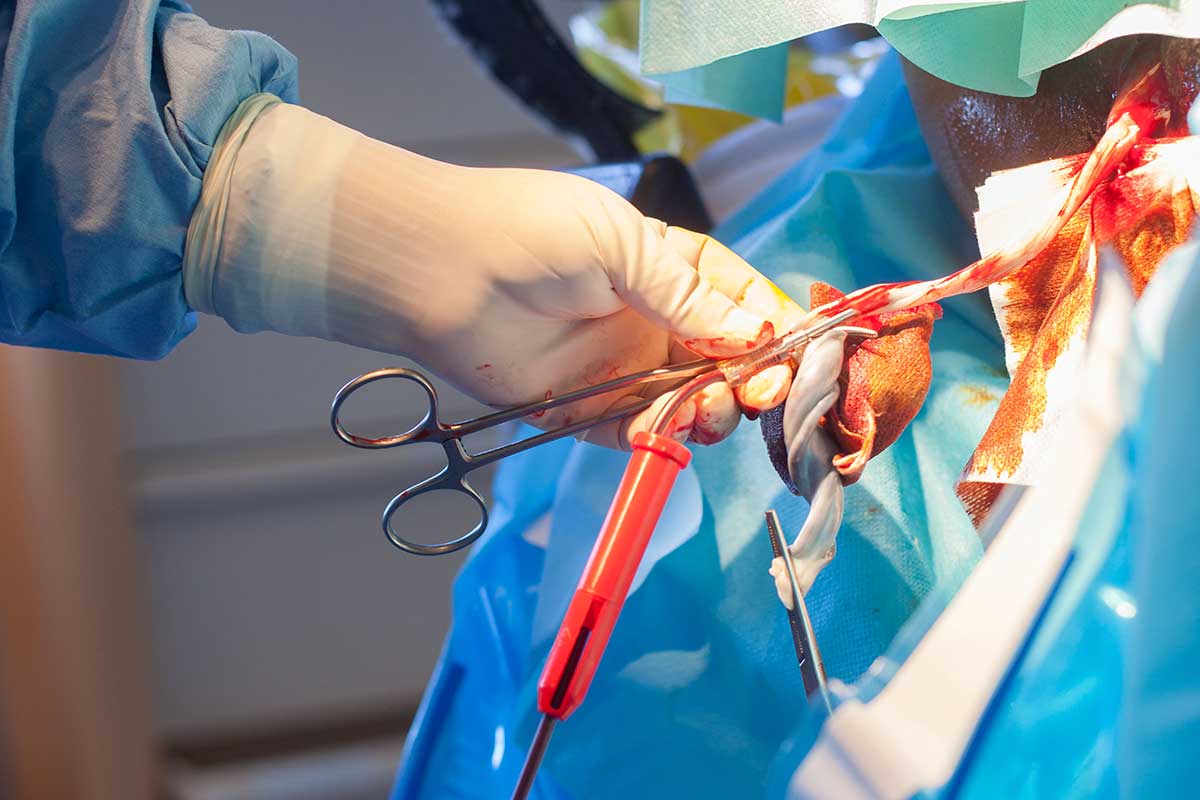

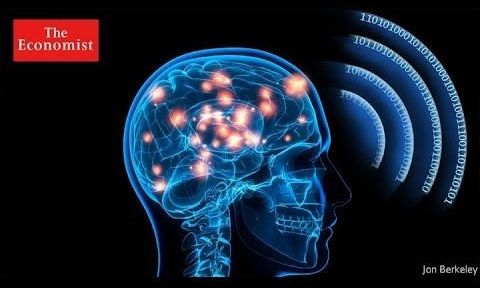
Efforts to connect human brains to computers have taken big leaps forward in recent years. Melding our minds with machines could provide the biggest single upgrade to human intelligence since our species evolved. But are we ready?
Click here to subscribe to The Economist on YouTube: https://econ.st/2Fzn4ON
Daily Watch: mind-stretching short films throughout the working week.
For more from Economist Films visit: https://econ.st/2Fzez6w
Check out The Economist’s full video catalogue: http://econ.st/20IehQk
Like The Economist on Facebook: https://econ.st/2FBxRIp
Follow The Economist on Twitter: https://econ.st/2FBdYRC
Follow us on Instagram: https://econ.st/2FCDEgK
Follow us on Medium: https://econ.st/2FByz8v
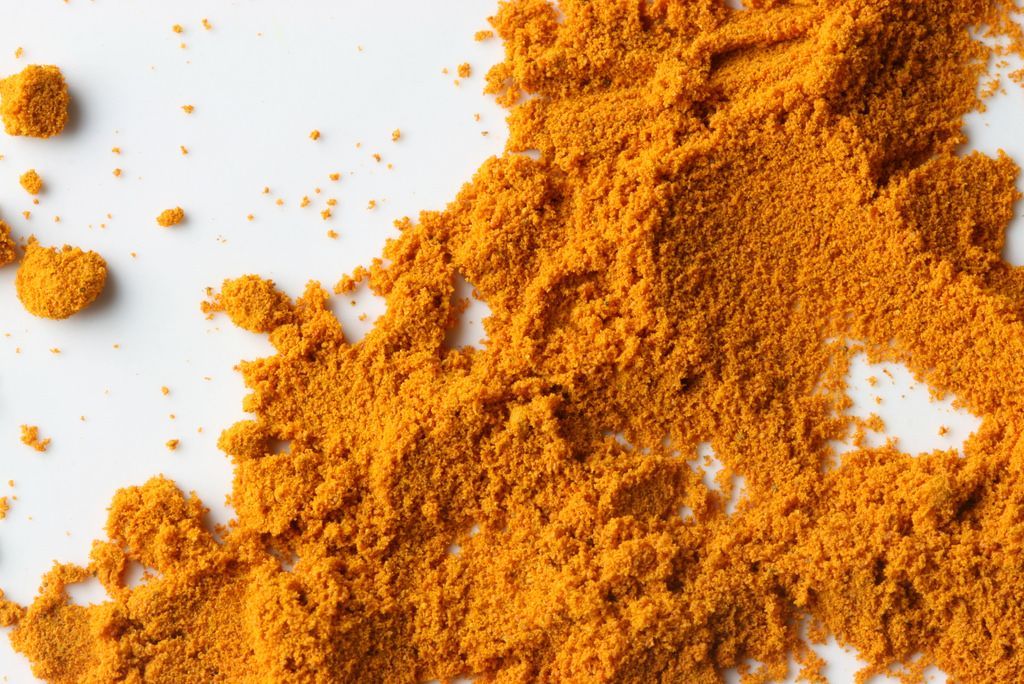
Found in turmeric, curcumin has previously been shown to have anti-inflammatory and antioxidant properties in lab studies. It also has been suggested as a possible reason that senior citizens in India, where curcumin is a dietary staple, have a lower prevalence of Alzheimer’s disease and better cognitive performance.
“Exactly how curcumin exerts its effects is not certain, but it may be due to its ability to reduce brain inflammation, which has been linked to both Alzheimer’s disease and major depression,” said Dr. Gary Small, director of geriatric psychiatry at UCLA’s Longevity Center and of the geriatric psychiatry division at the Semel Institute for Neuroscience and Human Behavior at UCLA, and the study’s first author.
The double-blind, placebo-controlled study involved 40 adults between the ages of 50 and 90 years who had mild memory complaints. Participants were randomly assigned to receive either a placebo or 90 milligrams of curcumin twice daily for 18 months.

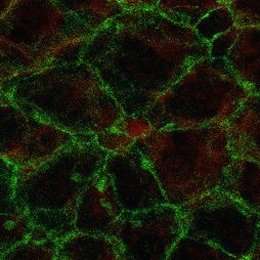
Stem cells in the brain can divide and mature into neurons participating in various brain functions, including memory. In a paper scientists have discovered that the flow of cerebrospinal fluid is a key signal for neural stem cell renewal.
The ancient Greek aphorism panta rhei means “everything flows”, a phrase used by philosophers to describe the constant flux and interplay between the past and renewal. A recent paper lends this relationship a whole new meaning: a team of researchers headed by Professor Magdalena Götz and their collaborators from the LMU (Professor Benedikt Grothe, Chair of Neurobiology) and the Henrich-Heine University Düsseldorf have discovered that the flow of cerebrospinal fluid is a key signal for neural stem cell renewal.
“Neural stem cells in the brain can divide and mature into neurons and this process plays important roles in various regions of the brain – including olfactory sense and memory,” explains Magdalena Götz, Head of LMU Department of Physiological Genomics and Director of the Institute for Stem Cell Research at Helmholtz Zentrum München. “These cells are located in what is known as the neurogenic stem cell niche one of which is located at the walls of the lateral ventricles, where they are in contact with circulating cerebrospinal fluid.”

Important new study to track — “The team will start recruiting the first of 1,000 low-income mothers next week…Of that 1,000, roughly half will be randomly selected to receive an unconditional $333 a month, while the others will form a control group that will receive $20. The money, which is completely unconditional, will be loaded onto a pre-paid debit card every month for 40 months, on the date of the child’s birthday. The hypothesis is that this steady stream of payments will make a positive difference in the cognitive and emotional development of the children whose mothers receive it”
___ Does growing up poor harm brain development? (The Economist): “Plenty of evidence suggests that growing up poor, living through these kinds of scrapes, has a detrimental impact on child development. Children from rich families tend to have better language and memory skills than those from poor families. More.

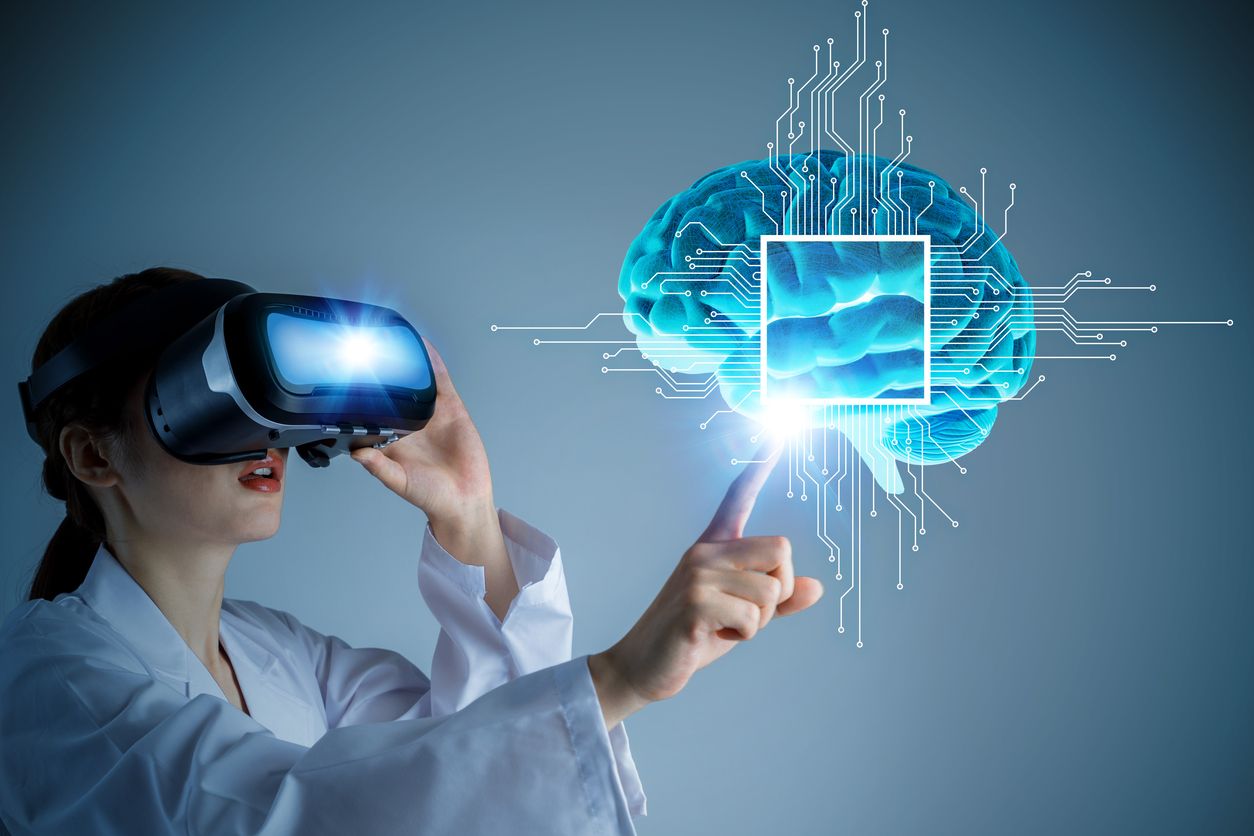
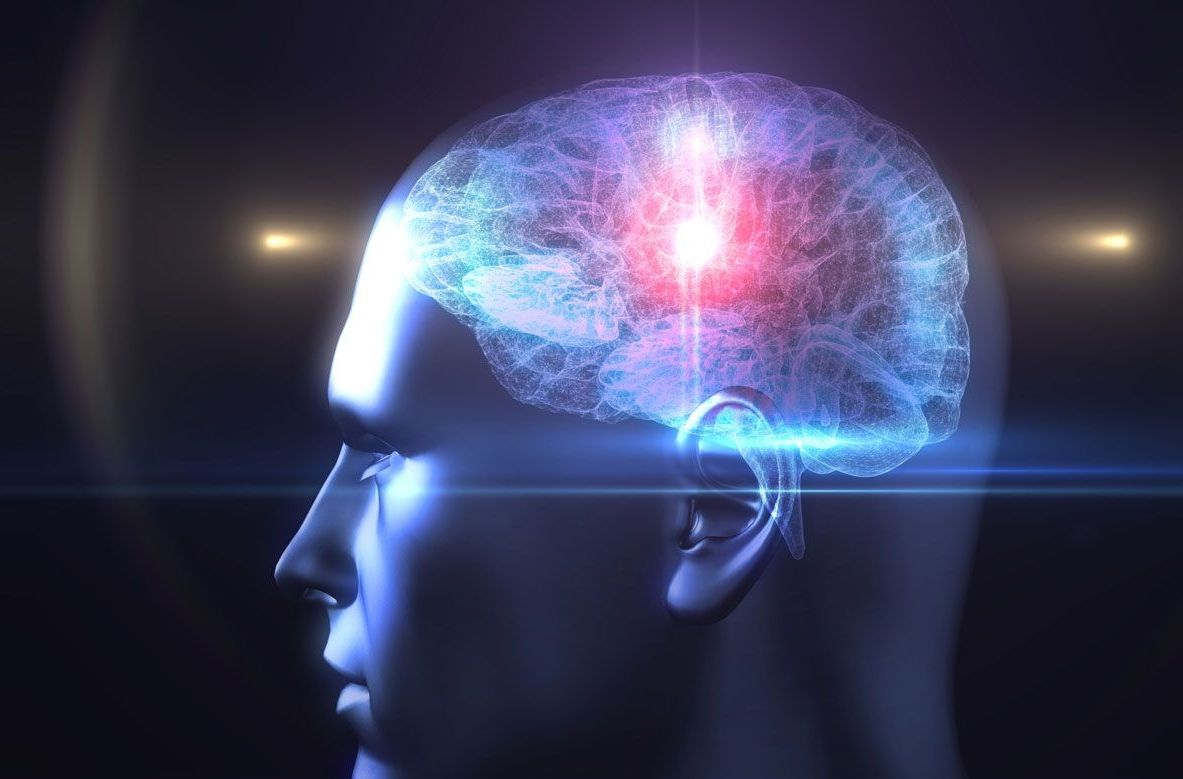
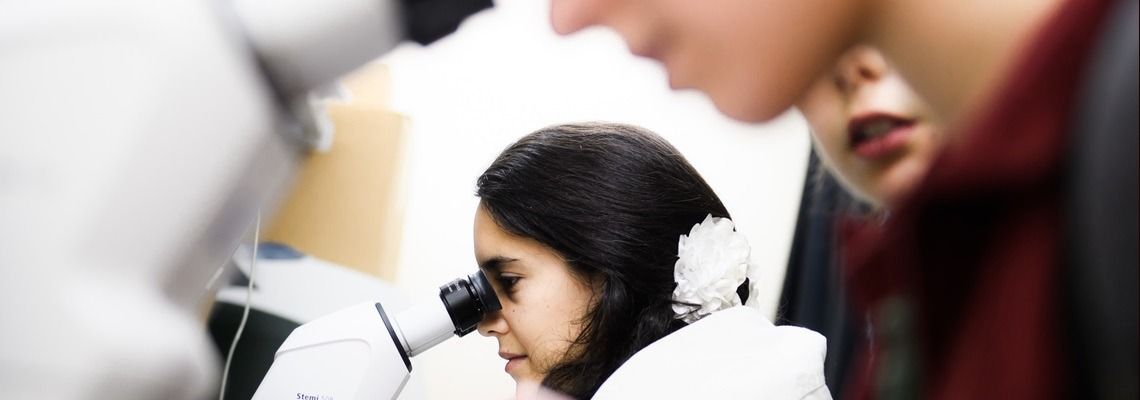
Cancer cells, by definition, are abnormal cells that divide with abandon and have the potential to spread throughout and wreak havoc on your vital organs and tissues. But what if you could tell those same troublesome cells to stop misbehaving? Israeli scientists think they’ve found a way to do just that.
A group of researchers at Ben-Gurion University of the Negev, led by Professor Varda Shoshan-Barmatz, PhD, have developed a molecule that prevents cancer cells from growing and turns them into normal, non-cancerous cells. This unique approach is based on siRNA (small interfering ribonucleic acid), a molecule that turns off a protein, VDAC1, that helps get energy to malignant cells. By targeting VDAC1, Shoshan-Barmatz and her team have essentially figured out how to make cancer cells start acting like regular ones.
So far, in vitro and mice models have suggested that this treatment might be effective for lung cancer, triple negative breast cancer, and glioblastoma (the type of brain tumor that John McCain is currently battling). But the applications might be even broader, and similar treatments might be one day used to combat an even wider variety of cancers.